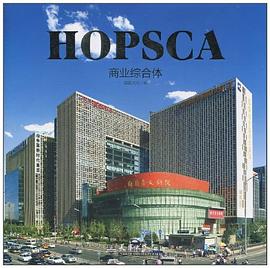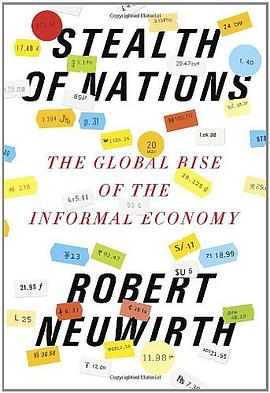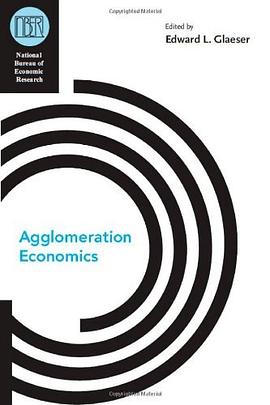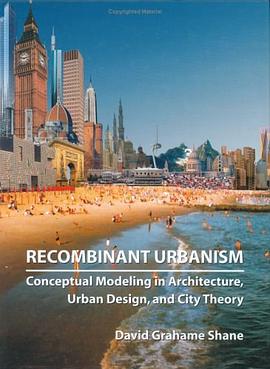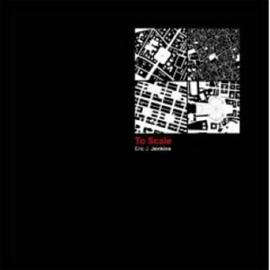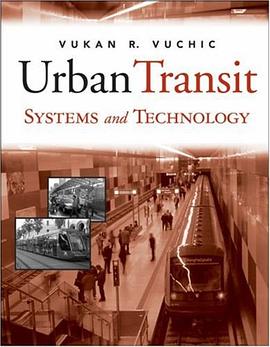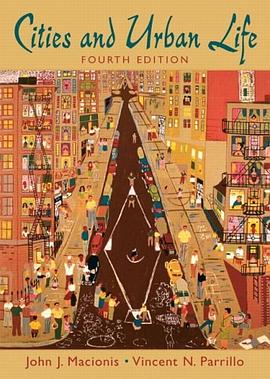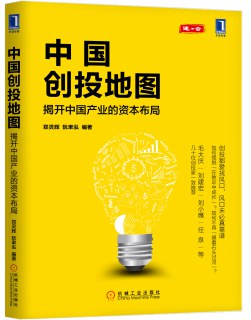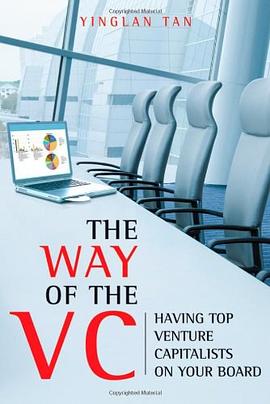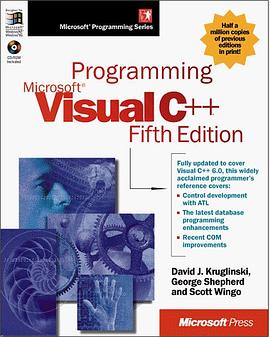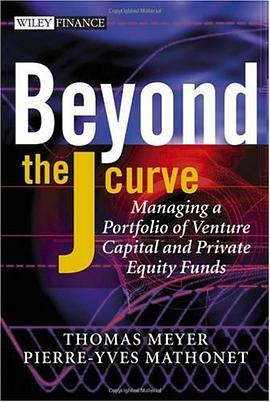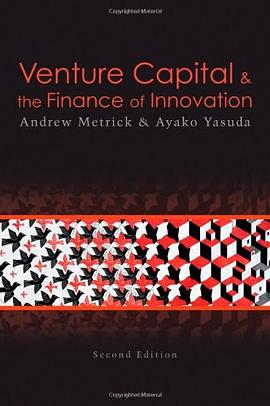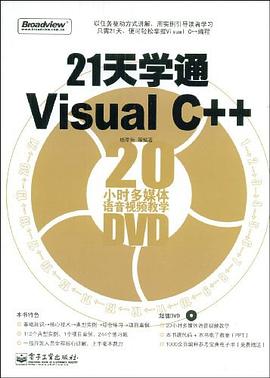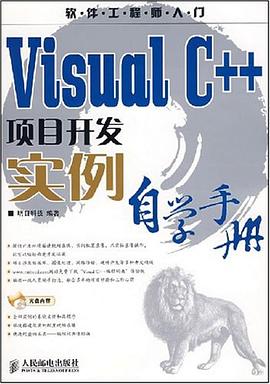

This volume explores how consumption and entertainment change cities, but it reverses the 'normal' causal process. That is, many chapters analyze how consumption and entertainment drive urban development, not vice versa. People both live and work in cities and where they choose to live shifts where and how they work. Amenities enter as enticements to bring new residents or tourists to a city and so amenities have thus become new public concerns for many cities in the U.S. and much of Northern Europe. Old ways of thinking, old paradigms - such as 'location, location, location' and 'land, labor, capital, and management generate economic development' - are too simple. So is 'human capital drives development'. To these earlier questions we add, 'How do amenities and related consumption attract talented people, who in turn drive the classic processes which make cities grow?' This new question is critical for policy makers, urban public officials, business, and non-profit leaders who are using culture, entertainment, and urban amenities to enhance their locations - for present and future residents, tourists, conventioneers, and shoppers. The City as an Entertainment Machine details the impacts of opera, used bookstores, brew pubs, bicycle events, Starbucks' coffee shops, gay residents, and other factors on changes in jobs, population, inventions, and more. It is the first study to assemble and analyze such amenities for national samples of cities (and counties). It interprets these processes by showing how they add new insights from economics, sociology, political science, public policy, and geography. Considerable evidence is presented about how consumption, amenities, and culture drive urban policy by encouraging people to move to or from different cities and regions.
具体描述
读后感
评分
评分
评分
评分
用户评价
相关图书
本站所有内容均为互联网搜索引擎提供的公开搜索信息,本站不存储任何数据与内容,任何内容与数据均与本站无关,如有需要请联系相关搜索引擎包括但不限于百度,google,bing,sogou 等
© 2025 book.wenda123.org All Rights Reserved. 图书目录大全 版权所有

